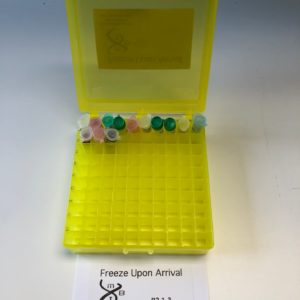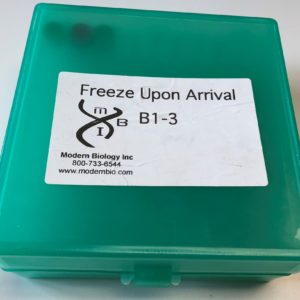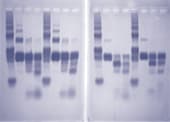Description
The history of evolution is recorded in the genomes of present-day organisms and enlightened guesses of evolutionary events can be made by comparing DNA sequences in different species. Evidence drawn from this approach has led to the construction of family trees of organisms that agree remarkably well with those obtained from more traditional procedures. In fact, on a number of occasions, comparative DNA sequence analysis has been used to clarify and expand on phylogenetic relationships that were derived from classical studies. For example, although biologists have long disagreed about the taxonomic placement of the giant panda, recent studies using DNA hybridization techniques strongly suggest that this animal is more closely related to bears than to raccoons. These important concepts are illustrated in this exercise where students use a dot-blot hybridization procedure to compare DNA sequences in salmon, turkey, chicken and cow. In the analysis, single strands of chicken or cow DNA that have been previously linked to biotin are mixed with single strands of DNA from a second species. The two types of DNA are allowed to form double-stranded hybrid molecules and the extent of hybridization is measured using a simple color-producing enzyme reaction. This exercise requires approximately two 2-3 hour laboratory periods and electrophoresis equipment is not required.
 Due to Customs restrictions, we only accept orders from educational institutions within the Continental United States, Alaska or Hawaii.
Due to Customs restrictions, we only accept orders from educational institutions within the Continental United States, Alaska or Hawaii. 




